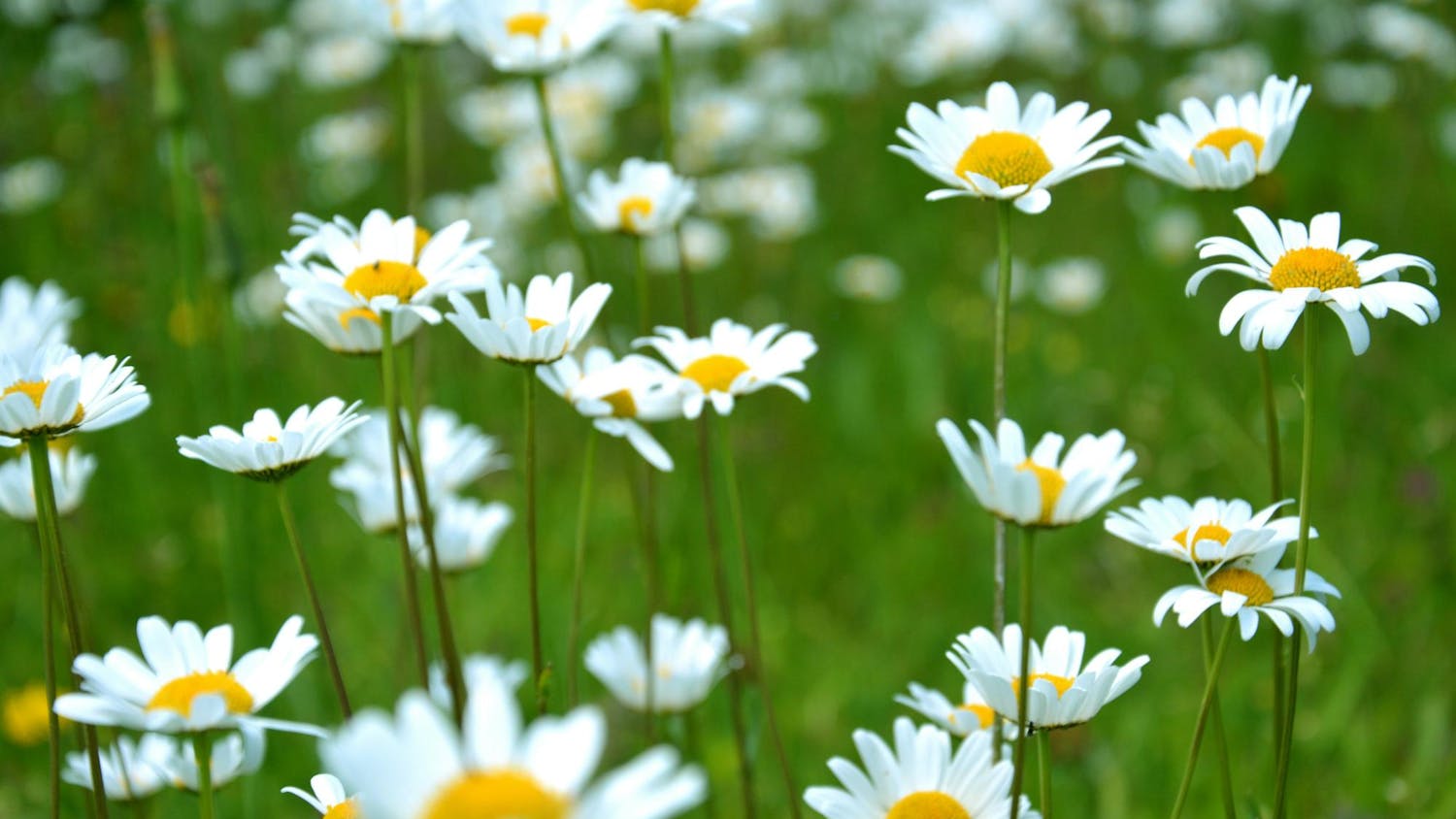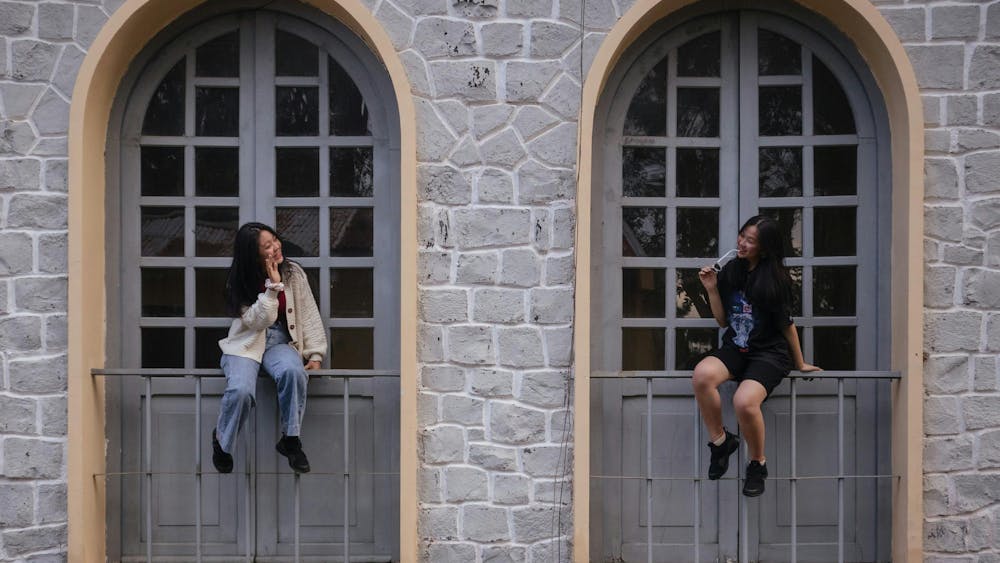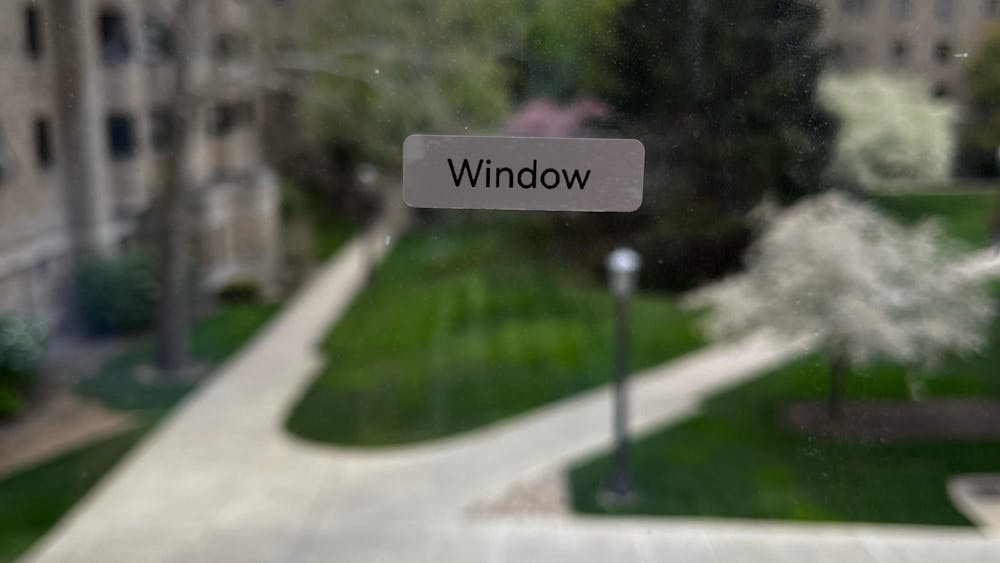Studying abroad is about new experiences and stepping out of one’s comfort zone in order to engage with new people and cultures. With due deference to such goals, here is how I became acquainted with teargas.
It was nothing short of medieval, some sort of ancient ritual in which normally suppressed fury and frustration came pouring out. Armored soldiers took their positions on the ramparts in the early afternoon, with more on the hill behind the wall. Before long, chanting, screaming and the blaring of horns brought these sentries to attention. Soon after, small crowds began to gather opposite the wall, flags waving and fists in the air.
They paraded before the soldiers, defiantly coming up to the foot of the wall. Stopping in an open expanse of scrub and lonely trees, most of the crowd withdrew to safety, leaving behind young adult and middle-aged males. The chanting quickly turned to taunting, insults and bravado. Slings appeared and hands reached for smooth stones. By hand and sling, stones began clattering against the wall. Scattered and aimed too low at first, the projectiles grew in number and accuracy.
Those manning the wall raised large, rectangular shields in response, stones ricocheting and loudly thunking off of them. After a few minutes, one rock found its intended target, striking a soldier on the side of his helmet. The response was the same as it had been week in and week out for years. The struck soldier tossed the first of what would be dozens of teargas grenades thrown that day. It was soon joined by rifle-fired canisters often aimed at the chests of the men before the wall. These were followed by barrages of smaller canisters launched from tubes attached to the side of an armored jeep on the hill behind the wall.
Thick clouds of white, mace-laced teargas blanketed the area, engulfing combatant, journalist and bystander alike. Where some wore masks of one kind or another, others had become immune to the point that they stood unmoving within the swirls of gas.
The skirmish continued for over a half hour until the will of those in front of the wall was exhausted for the day. Slingers and stone-throwers returned to their homes and soldiers to their barracks, to rest until the next week.
If you had not already guessed, the soldiers are Israeli, the protesters Palestinian and the location the West Bank. I watched from the Palestinian side, grappling with teargas and trying to comprehend what I had witnessed.
Every Friday, in the small West Bank village of Bil’in, locals gather to protest the Israeli occupation. The village of about 1,800, of “5 Broken Cameras” fame, has refused to accept the placement of the Israeli security wall, even winning an Israeli Supreme Court case to have it moved several hundred yards before it became permanent.
Opposite Bil’in is one of the largest Israeli settlements, with a population of over 50,000. For every skirmish, a crowd of settlers spectates from a set of bleachers under a tent, cheering every time a stone-thrower is struck by a teargas canister. Relations between the communities are less than amicable.
Let this anecdote serve as a microcosm of Israel and Palestine. Both peoples are not going anywhere, regardless of the suffering and pain they inflict upon one another. It is time to recognize that both populations, Palestinian and Israel, are, absent a new round of brutal ethnic cleansing, permanent residents of the land they currently inhabit. In the words of a Bedouin facing imminent Israeli eviction, “I am like a stone. I will never move.”
Israel has before it several options. It has a population of roughly 8 million, with 6.4 million mostly Jewish Israelis and 1.6 million Arab Israelis. The territories currently militarily occupied or partially occupied by Israel, the West Bank and the Gaza Strip, have Arab populations of 1.7 million and 1.8 million respectively (Note: Israel maintains a security buffer encompassing roughly 25 percent of the territory of the Gaza Strip despite the unilateral withdrawal in 2005). An additional Palestinian population of roughly 4 million resides in neighboring countries.
That’s 6.4 million non-Arab, but not necessarily entirely Jewish, Israelis and 7.5 million Palestinians. With the state of Israel unlikely to allow Jews to become a minority in their own homeland, a single state with full civil rights for all is out of the question. One state with Arabs as second-class citizens, as many, particularly Bedouin, currently are in Israel, would be unsustainable if Palestinians were a majority. It would essentially be South African apartheid meets the Levant, unpalatable to the international community and a recipe for disaster in Israel. There must be two viable states if both peoples are to have peace.
Whenever I advocate this two-state solution or share that I studied in Jerusalem, the question is inevitably asked: “So what side are you on, pro-Palestine or pro-Israel?” This question infuriates me beyond description. I have no side, nor should any of us. The goal is to foster the peaceful, prosperous coexistence of two peoples, not a violently divisive dichotomy. If you ask what side someone is on, you’re simply asking the wrong question.













